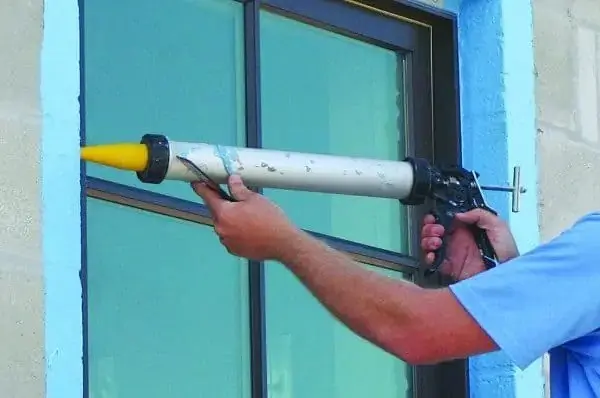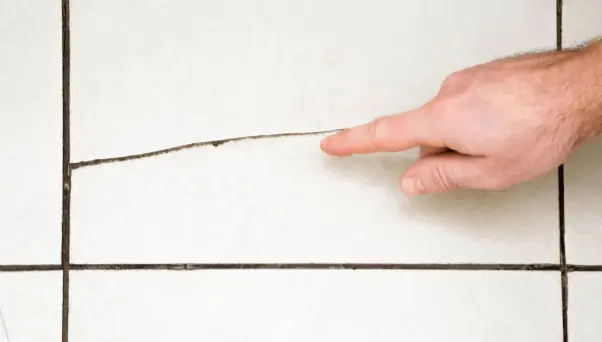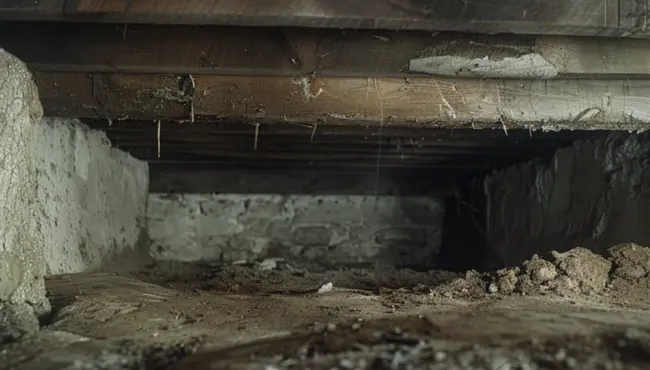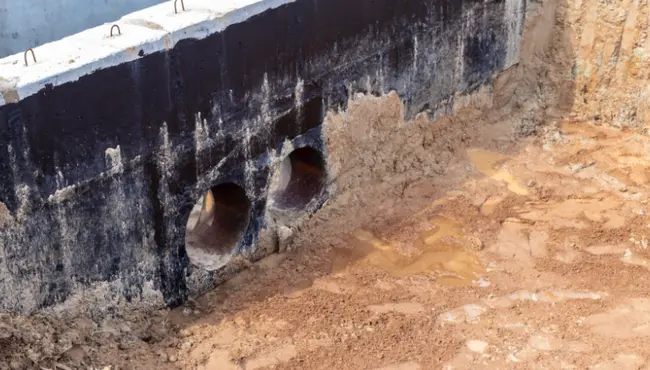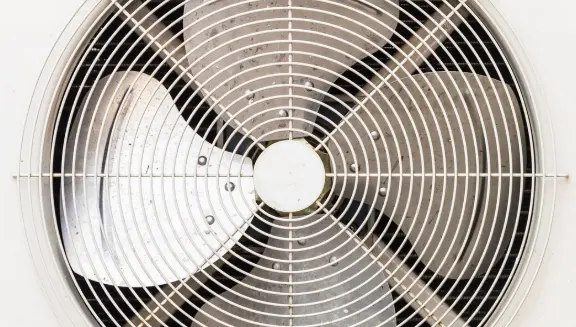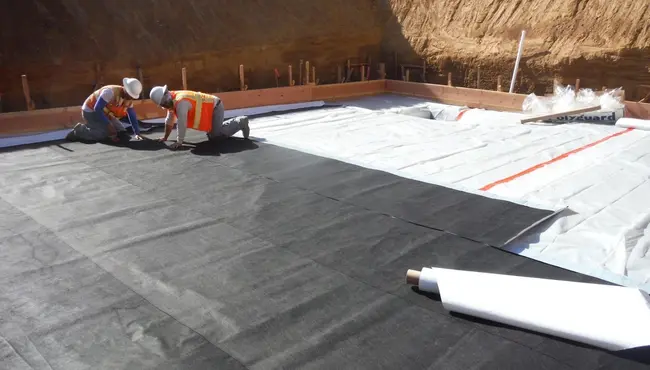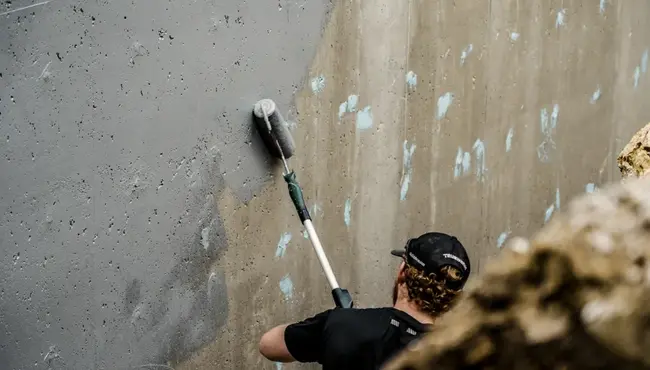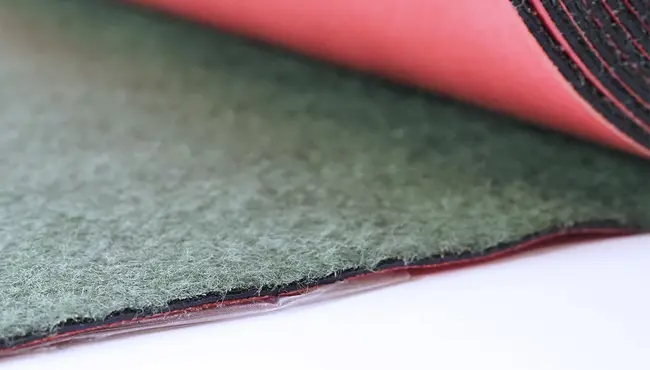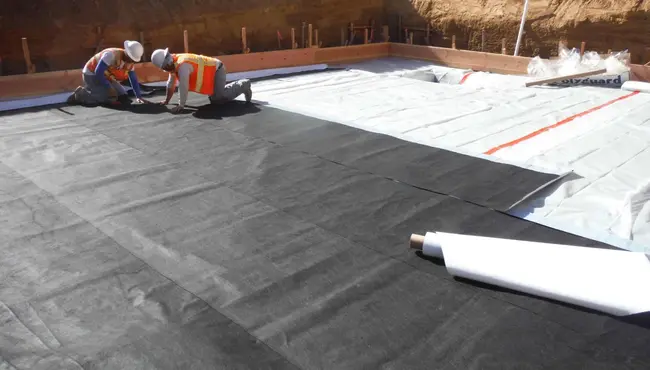The best sliding glass door flashing will prevent water, air, and insect infiltration into a home or building, to help create a weather-resistive, energy-efficient, tight building envelope. It is important, since snow build-up can lead to moisture infiltration through the sills of sliding glass doors, which impacts a structure's health and durability.
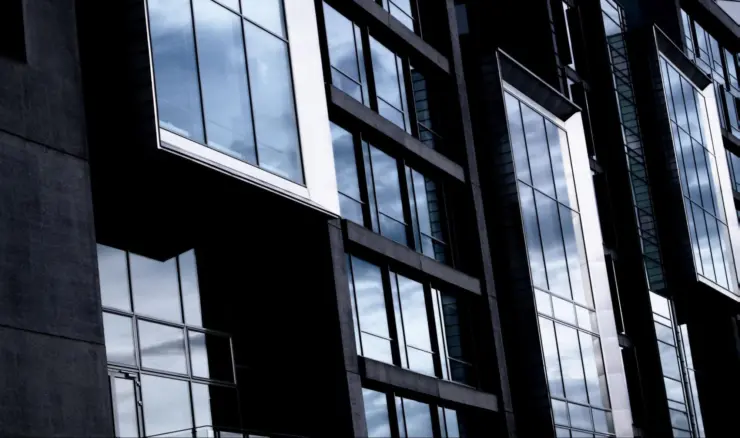
Vital steps to successfully installing a weather-proof sliding glass door involve proper prepping around the frame and applying a high-quality flashing, like Blue Barrier™ Flash' N Wrap™ 2400 for cold climates and Aluma Flash™ UV Resistant Flashing for hot and humid climates. In addition, to ensure a moisture- and air-tight sliding glass door, you should install a large overhang and sloped flashing under sliding glass doors and above the door's frame.
You must carefully follow the manufacturer's instructions when flashing a sliding glass door and choose the right one for your project.
However, because of the complexity of adequately placing flashing systems for a sliding door Poly Wall® recommends contacting a Poly Wall® sliding glass door professional or hiring an experienced sliding door installer.
Problems with Sliding Glass Door Flashing Systems
Weather-proofing problems can occur around several areas of a sliding glass door due to insufficient flashing:
When installing flashing around glass doors, builders often find it challenging to seal around corners, particularly if using an inflexible flashing tape that leaves a seam in the corner where the two materials come together.
After installing the door, builders often find installing flashing in the tight area around the door flange challenging.
The base of the door, where it sits on the foundation or plywood, creates a joint that will allow air and moisture infiltration if not properly flashed.
Types of Sliding Glass Doors' Flashing Systems
Determining the best flashing system for a sliding glass door depends much on the climate. Standard flashing systems include permeable and impermeable, self-adhering sheets or fluid-applied membranes.
The flashing permeability contributes to air and moisture vapor moving through a door system (vapor drive). Determining whether you will need a vapor impermeable and a vapor permeable flashing depends on the level of vapor drive, driven much by climate (moisture and temperature gradients), along with the door's design and building codes.
Impermeable air barriers block vapor and air. Impermeable air barriers come as either a self-adhering sheet or a fluid-applied membrane.
Permeable air barriers allow moisture vapor to move through the membrane, promoting diffusion out of the wall system. Permeable air barriers offer varying permeability rates and come as either sheet or fluid-applied membranes.
Poly Wall® sliding glass door professionals can help you decide the best flashing system for your building or home.
Applying the Best Flashing Systems in Cold Climate
The extreme temperature differences between the cold outdoors and warm indoors in cold regions (climate zones 6, 7, and 8) produce an intense vapor drive from the interior to the structure's exterior. Therefore, installing permeable flashings on the outer side of the sliding glass door will allow vapor inside the building to diffuse outside.
Optimizing Flashing in a Hot, Humid Climate
Air moves from the inside to the outside year-round in hot and moist regions (climate zones 1, 2, and 3A). Therefore, an impermeable air barrier will most effectively block moisture from infiltrating the sliding glass door.
Sliding Door Flashing in Mixed Climate
Regions with less severe weather (climate zones 4 and 5) can still experience high relative humidity. Installing a permeable air barrier outside the sliding door provides several advantages in mixed climates:
Permits diffusion
Allows condensation to escape the door, inside and out
Allows vapor to flow through the door
Poly Wall® Liquid Flashing for Cold or Mixed Climate
The design of Poly Wall®'s Blue Barrier Flash' N Wrap 2400 liquid, roller-grade flashing products (trowel and roller grade) offers the optimum liquid flashing to seal around sliding glass doors in cold or mixed climate regions.
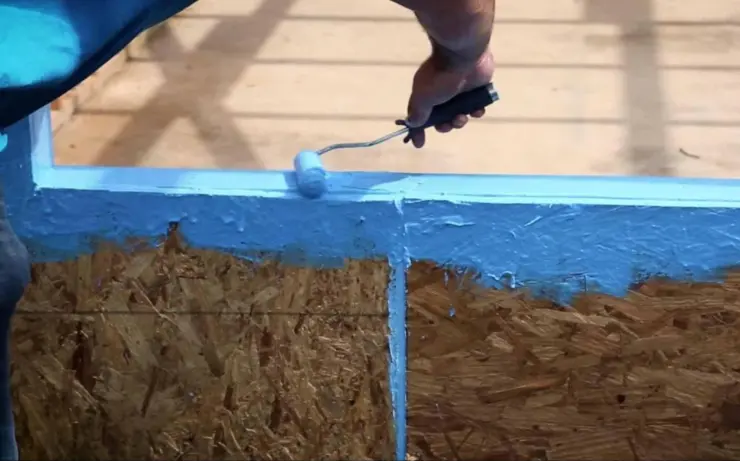
Blue Barrier™ Flash' N Wrap 2400 (Roller Grade)
Roller-applied Poly Wall®'s Blue Barrier Flash' N Wrap 2400 produces a permeable and continuous membrane around a sliding glass door. Eco-friendly Blue Barrier Flash' N Wrap 2400 uses Silyl Terminated Polyether (STPE) Technology. You do not need to prime or mix, and it permits wet surface applications.
Blue Barrier Flash' N Wrap 2400 dries quickly, to create a permeable, continuous membrane and durable flashing that can withstand the installation of the heaviest sliding door in cold and mixed climate regions - vital to protecting your investment.
Blue Barrier Flash' N Wrap 2400 provides several vital benefits:
Durability to protect your door and buildings integrity
Strong adhesion and superior shore hardness
Excellent indoor comfort and health
Applying Blue Barrier Flash' N Wrap 2400
Simple-to-apply Blue Barrier Flash' N Wrap 2400 creates a tight weather barrier around your sliding glass door in cold and mix-climate zones:
Using a brush, clean the area around the opening of the sliding door.
Apply Poly Wall Blue Barrier Gap Filler2200 with a putty knife or trowel to imperfections (cracks, holes, etc.) in rough openings and sheathing surrounding openings.
Install sloped metal flashings at the base (vital if the sliding door sits flush with the ground) and beveled siding above the door frames to redirect water away from the building. These flashings require specific placement and often adjustments to surrounding parts; therefore, it is best done by a professional.
Apply Blue Barrier Flash' N Wrap 2400 with roller or brush and let cure.
Install the sliding glass door.
Apply Blue Barrier Flash' N Wrap 2400 over the window flange.
In addition, consider installing a large overhang over the sliding glass door to protect the door and flashings from rain, snow, ice, and debris.
Poly Wall® Blue Barrier™ Gap Filler2200
Permeable Poly Wall® Blue Barrier™ Gap Filler2200 provides a structural adhesive and detail sealant to fill voids and seams and bond dissimilar materials. Builders can use Gap Filler2200 to prep surfaces before applying other Poly Wall® Blue Barrier™ products for sliding glass door flashings and air barriers.
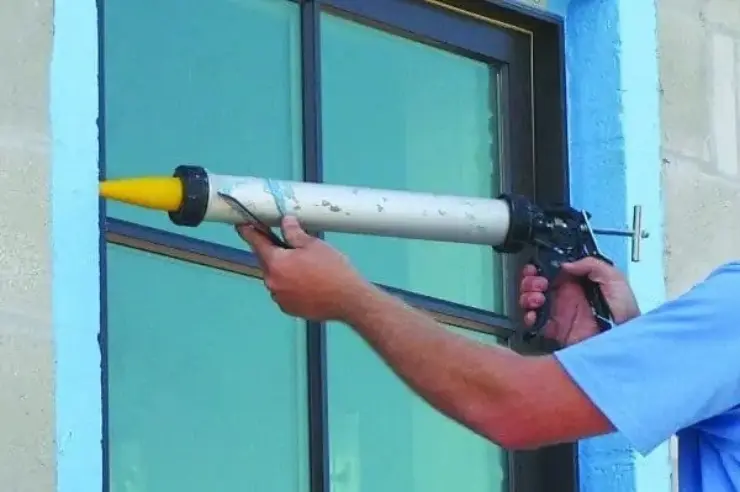
Poly Wall® developed Gap Filler2200 using Silyl Terminated Polyether (STPE) Technology. It comes in 10 oz. caulking tubes or 20 oz. sausages.
Poly Wall® Liquid Flashing for Hot and Humid Climates
In hot and humid regions, the design of non-permeable Poly Wall® Aluma Flash™ UV Resistant Flashing provides a superior solution to keeping air and water out of buildings. In addition, Aluma Flash™ UV Resistant, impermeable flashing (for above-grade use only) helps builders combat the challenge of keeping moisture-laden air from infiltrating the perimeter of a sliding glass door.
Aluma Flash™ UV-Resistant Flashing
Self-adhering, self-sealing tape, and non-permeable Aluma Flash™ flashing is a rubberized asphalt waterproofing coating laminated to a polyethylene film. Its aluminum top layer protects against UV exposure for 365 days. In addition, the 20 mils thick product comes in several roll sizes with a simple-to-remove film release liner to effectively and efficiently flash sliding glass doors.
Aluma Flash™ Flashing provides several benefits:
Resists most chemicals and ultraviolet rays
Creates an impermeable, waterproof, weather-resistive barrier
Provides superior adhesion when used per manufacturer's installation and performance requirements
Its elastomeric properties will not stretch or tear if the building moves slightly
Aluminum surface will reflect heat and cut energy costs
Adheres well when used per manufacturer's installation and performance requirements
Applying Aluma Flash™ Flashing
In hot and humid climate zones, applying Aluma Flash™ flashing creates a tight weather barrier around your sliding glass door, and seals around nails with no fasteners, cap nails, or staples to allow for thermal bridging:
Clean the area around the opening of the sliding door, to ensure a dust-free, smooth, and dry substrate.
Apply to the clean, dry substrate:
Home Stretch Water Based Liquid Adhesive applies at a rate of 350 - 400 ft2 per gallon, or
Polybond™ Clear Liquid Adhesive applies at a rate of 250 - 300 ft2 per gallon.
Cut the Aluma Flash™ flashing to size with a utility knife.
Place the flashing where you intend to install the flashing.
At one end of the flashing, pull the release film back a few inches, to expose the adhesive surface.
Place the adhesive surface onto the exact area you intend to install.
With one end in place, slowly pull back the release film along the roll. As you expose more adhesive, place the membrane onto the surface.
At the end of the first section, go over the surface, to ensure 100-% surface contact of all rolled areas. Press out small wrinkles. Cut out and repair prominent wrinkles with a piece of material.
When installing the next two rolls, overlap the ends 4" and sides 2.5".
Cover the perimeter of the slider door with the Aluma Flash Plus.
Apply Poly Wall Blue Barrier Gap Filler2200 to imperfections or seams in the flashing, like in the corners.
Install the sliding glass door.
Apply Blue Barrier Gap Filler2200 over the window flange.
Poly Wall Offers the Best Flashing for a Sliding Glass Door
Poly Wall's Blue Barrier™ Flash' N Wrap™ 2400 (for cold climates) and Aluma Flash™ UV Resistant Flashing (for hot and humid climates) are a superior solution to flashing systems for a sliding glass door. Both systems prevent water, air, and insect infiltration into the home or building when properly installed, to help create a weather-resistive, energy-efficient, tight building envelope.
Don't hesitate to contact the professionals at PolyWall today for more on the best flashing systems for sliding glass doors.
